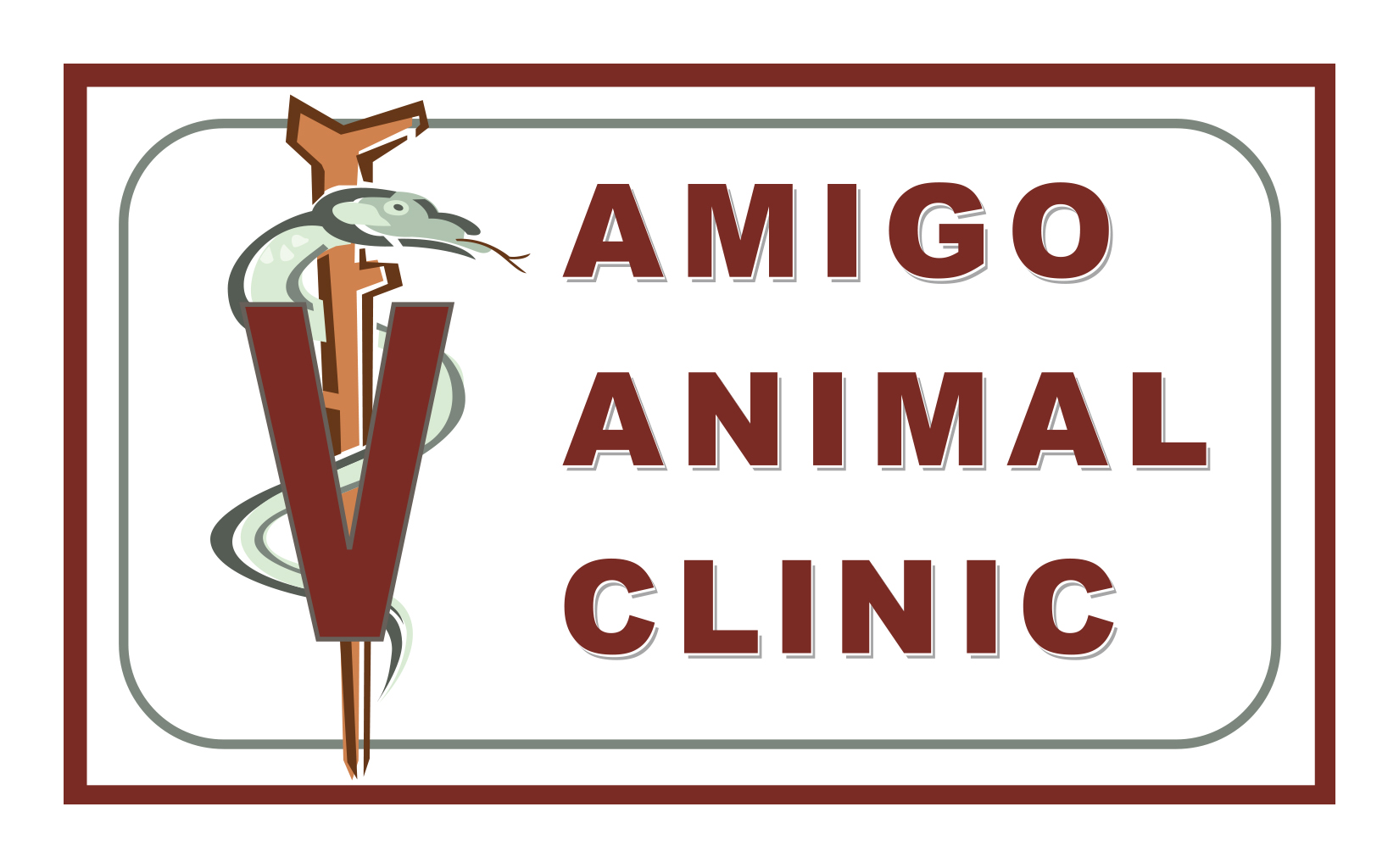You may be surprised to learn that lumps, bumps, or growths on a pet are common. So, if one day you find one on your pet, don’t panic. It may or may not need treatment. However, it is helpful that you know what to look out for and what you should do if you find any.
Different Types of Lumps, Bumps, and Growths
There are many different lumps, bumps, and growths that you might find on your pet that are benign (non-cancerous). Here are some of the most common types that you may find on your pet:
Lipomas (fatty tumors)
These fatty tumors are not cancerous. They are usually soft and moveable and are generally just under the skin.
They can grow quite large, but they often don’t require any treatment unless they make it difficult for your pet to walk or move.
Sebaceous cyst
A sebaceous cyst is essentially a big pimple on your pet’s skin. These bumps are clogged oil glands in the skin that are harmless to your pet, although they can become inflamed and sore if they rupture. Typically, a sebaceous cyst is a small, raised bump, which can burst.
Sebaceous cysts generally don’t require surgical removal unless they keep clogging and rupturing, irritating you or your pet. Otherwise, medicated shampoo can help reduce their frequency and severity.
Histiocytoma
This type of bump is a benign tumor commonly affecting pets under a few years of age. They appear as small, firm, button- or dome-like bumps on the skin surface. These benign masses originate from the immune cells that provide protective immunity to the tissues in contact with the outer environment.
They typically go away in three months or less. However, if a histiocytoma does not resolve on its own, surgical removal will take care of this small mass.
Skin tags
These harmless growths often pop up from the skin’s surface on a stalk. Like people, pets can have a single skin tag, or clusters on their chest, legs, face, back, armpits, or other areas.
Skin tags can develop in any breed, although large-breed dogs appear to have these small growths more commonly. Since these bumps are benign, surgical removal is rarely necessary unless your pet begins to chew or scratch them.
Schedule an Appointment
Regardless of what type of growth you might find on your pet’s body, you should schedule an appointment right away to have it diagnosed. Lumps and growths are in the “better safe than sorry” category when it comes to your loved one.
Suppose it does turn out to be cancerous. In that case, you want to give your pet the absolute best chance at survival, which means getting it diagnosed fast and getting it diagnosed early.
Here at our newly expanded facility, we offer all the services you could need to get it diagnosed and properly treated.
How to Check for Lumps, Bumps, or Growths
The fur on your pet can make it difficult to see any bumps, lumps, or swellings. So, you need to run your hands over their entire body, feeling for anything abnormal. And, if you can do so safely, look inside their mouth, too. We advise you to do this check at least once a month.
It is also a good idea to take your pet to the vet for regular checkups. Your veterinarian will check for any abnormal growths during the checkup.
Summary
Finding lumps, bumps, or growths on a pet can be a stressful experience. Remember to stay calm and contact us to schedule an appointment. Whether it requires treatment or not, it will give you some peace of mind to have a professional examine it.
Sincerely,
What's Next
Call us or schedule an appointment online.
Meet with a doctor for an initial exam.
Put a plan together for your pet.

